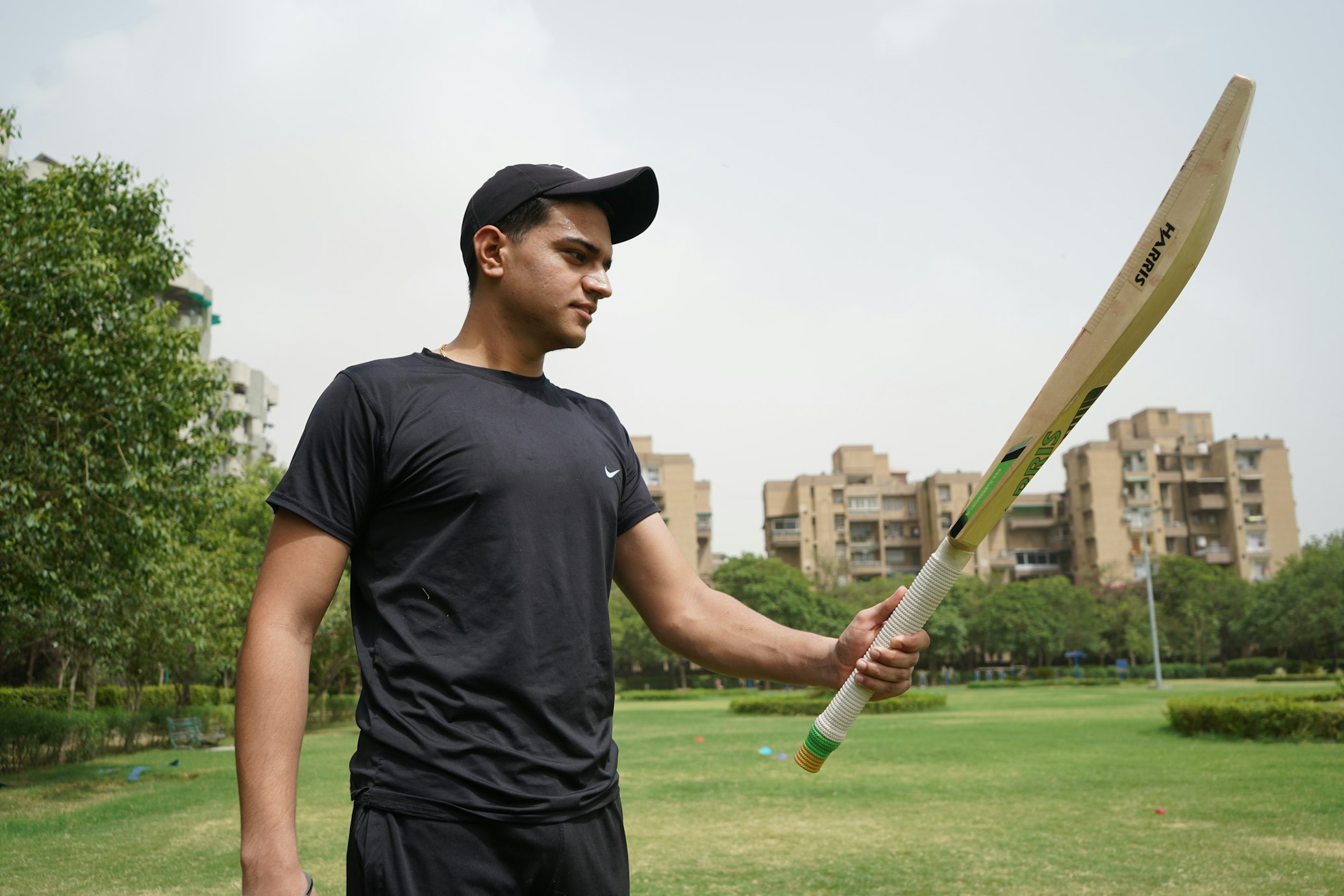In the world of cricket, the relationship between a batsman and his cricket bat goes beyond the physical connection. It delves into the realm of psychology, where the choice of a bat can significantly impact a batsman’s confidence and overall performance. Understanding this psychological connection is crucial for both players and enthusiasts alike.
The Power of Confidence
Confidence plays a vital role in any sport, and cricket is no exception. A batsman’s confidence can soar or plummet depending on various factors, including the cricket bat he wields. The right bat can instill a sense of belief, while the wrong one can create doubt and uncertainty.
The weight, balance, and grip of a cricket bat are all critical elements that contribute to a batsman’s confidence. A bat that feels too heavy or unbalanced in a player’s hands may hinder his ability to time the ball effectively, resulting in missed shots and frustration. On the other hand, a bat that feels comfortable and well-suited to a batsman’s style can boost his confidence, allowing him to play with greater freedom and precision.
The Influence of Performance
A batsman’s performance is closely linked to his confidence. When a batsman feels confident, he is more likely to make quick decisions, execute shots with precision, and take calculated risks. Conversely, a lack of confidence can lead to hesitation, indecisiveness, and ultimately, poor performance.
The right cricket bat can have a profound impact on a batsman’s performance. It can enhance his ability to generate power, control his shots, and adapt to different playing conditions. A bat that complements a batsman’s technique and style can unlock his full potential, allowing him to excel in various aspects of the game.
The Psychological Connection
The psychological connection between a batsman and his cricket bat goes beyond the physical attributes. It extends to the emotional and mental aspects of the game. A batsman forms a bond with his bat, treating it as an extension of himself.
When a batsman finds the perfect bat, it becomes a source of comfort and familiarity. The feel of the handle, the weight distribution, and the sound it produces upon contact with the ball all contribute to a batsman’s confidence and connection to the game. This psychological connection allows a batsman to trust his instincts, make split-second decisions, and perform at his best.
FAQs
1. Does the type of wood used in a cricket bat affect a batsman’s confidence?
Yes, the type of wood used in a cricket bat can influence a batsman’s confidence. Different types of wood, such as English willow or Kashmir willow, have distinct characteristics that can affect the bat’s performance. Bats made from high-quality English willow are generally considered superior due to their better performance and durability, instilling greater confidence in a batsman.
2. How important is the weight of a cricket bat?
The weight of a cricket bat is crucial for a batsman’s confidence and performance. It is important to find a bat that feels comfortable and well-balanced in a player’s hands. A bat that is too heavy can hinder a batsman’s ability to swing it with ease, affecting his timing and shot selection. Conversely, a bat that is too light may lack the required power and control. Finding the right weight is a personal preference that can greatly impact a batsman’s confidence at the crease.
3. Can the grip of a cricket bat affect a batsman’s confidence?
Absolutely. The grip of a cricket bat is essential for a batsman’s confidence and control. A good grip allows a batsman to have a firm and secure hold on the bat, reducing the chances of it slipping during a shot. This instills confidence in a batsman’s ability to play shots with precision and power.
4. How often should a batsman change his cricket bat?
The frequency of changing a cricket bat varies from player to player. It depends on factors such as usage, wear and tear, and personal preference. Some batsmen prefer to stick with the same bat for an extended period, developing a strong connection and familiarity. Others may choose to change their bat more frequently to adapt to different playing conditions or to experiment with different features. Ultimately, the decision to change a bat lies with the individual player.
Conclusion
The psychological connection between a batsman and his cricket bat is a fascinating aspect of the game. The right bat can boost a batsman’s confidence, enhance his performance, and help him reach new heights. It is a deeply personal relationship that transcends the physical attributes of the bat. Understanding and nurturing this connection is crucial for any batsman aiming to excel in the game of cricket.





